Pyrolysis Gasoline
Pyrolysis gasoline or Pygas is a naphtha-range product with a high aromatics content. It is a by-product of high temperature naphtha cracking during ethylene and propylene production. Also, it is a high octane number mixture which contains aromatics, olefins and paraffins ranging from C5s to C12s. PyGas has high potential for use as a gasoline blending mixture and/or as a source of aromatics. Currently, PyGas is generally used as a gasoline blending mixture due to its high octane number. Depending on the feedstock used to produce the olefins, steam cracking can produce a benzene-rich liquid by-product called pyrolysis gasoline. Pyrolysis gasoline can be blended with other hydrocarbons as a gasoline additive, or distilled (in BTX process) to separate it into its components, including benzene.


Base Oil
Base oils are used to manufacture products including lubricating greases, motor oil and metal processing fluids. Different products require different compositions and properties in the oil. One of the most important factors is the liquid’s viscosity at various temperatures. Whether or not a crude oil is suitable to be made into a base oil is determined by the concentration of base oil molecules as well as how easily these can be extracted.
Base oil is produced by means of refining crude oil. This means that crude oil is heated in order that various distillates can be separated from one another. During the heating process, light and heavy hydrocarbons are separated – the light ones can be refined to make petrol and other fuels, while the heavier ones are suitable for bitumen and base oils.
Fuel Oil
Fuel oil (also known as heavy oil, marine fuel or furnace oil) is a fraction obtained from petroleum distillation, either as a distillate or a residue. In general terms, fuel oil is any liquid fuel that is burned in a furnace or boiler for the generation of heat or used in an engine for the generation of power, except oils having a flash point of approximately 42 °C (108 °F) and oils burned in cotton or wool-wick burners. Fuel oil is made of long hydrocarbon chains, particularly alkanes, cycloalkanes, and aromatics. The term fuel oil is also used in a stricter sense to refer only to the heaviest commercial fuel that can be obtained from crude oil, i.e., heavier than gasoline and naphtha.
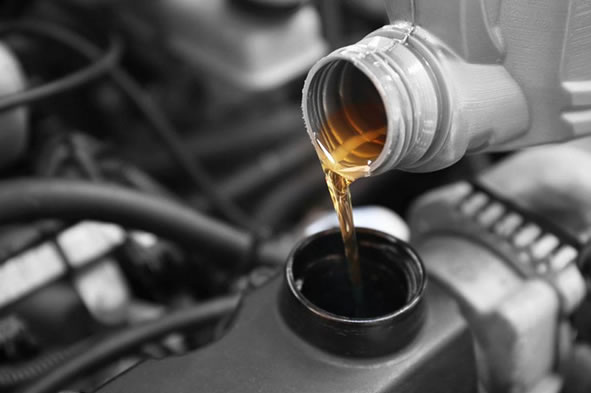
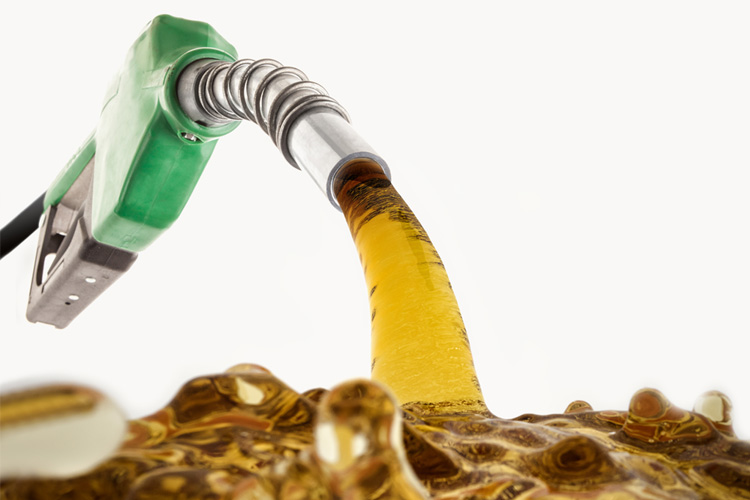
Gas Oil
Gas oil (also popularly known as red diesel) is the same fuel as normal road diesel but with one difference. Gas oil has been given a red marker dye so VOSA or the police can easily trace the fuel if it’s being misused. This is important, given that it pays a much lower tax than the diesel you buy at the petrol station.
Gas oil is intended to be used in construction, farming, and heating. It should not be used in vehicles that use public roads. If you did use the fuel on a public road, this could possibly lead to a prison sentence or a hefty fine.
Cutter Stock
Cutter stock is any stream that is blended to reduce the viscosity of the resulting blend. Cutter stock is commonly used in fuel oil blending. Fuel oil tends to be a sink for high-viscosity resid that must be offset by blending lower-viscosity material to meet the viscosity specification of the fuel oil.
Common cutter stocks for fuel oil blending are LCO and kerosene. These cutter stocks are significantly more valuable than the resulting fuel oil blend, so this loss of value translates into a significant cost of meeting the viscosity specification of the fuel oil. Therefore, refiners look for all ways possible to minimize the amount of cutter stock in the finished blend while still producing on-spec fuel oil.


Methanol
Methanol is a light, colorless, volatile and flammable liquid, produced by International Methanol Company (IMC), an affiliate of Sipchem from Dec. 2004, with production capacity of 967,000 metric tons per annum (mtpa).
Methanol is a key component in the manufacture of hundreds of other chemicals, solvents and other formulations. Approximately 40% of methanol is converted into formaldehyde which is in turn used in the manufacture of a diverse range of products such as plastics, paints, textiles, pigments and dyes. Methanol is also used to manufacture acetic acid, the fuel additive methyl tertiary-butyl ether (MTBE), biodiesel and increasingly as a feedstock for new methanol to olefins plants.
1,4-Butanediol (BDO)
Butanediol is a colorless, viscous, high boiling liquid, produced by International Diol Company (IDC), an affiliate of Sipchem from Oct 2005 with production capacity of 65,625 metric tons per annum (mtpa).
Butanediol is used industrially in the manufacture of some plastics, elastic fibres and polyurethanes. It is also used directly as a feedstock in the manufacture of some important co-polymers, such as Polybutylene Terephthalate (PBT).


Tetrahydrofuran
Tetrahydrofuran (THF) is a low viscosity water-soluble liquid, produced by International Diol Company (IDC), an affiliate of Sipchem from Oct. 2005 with production capacity of 7,500 metric tons per annum (mtpa).
THF has many uses as a general solvent (pharmaceuticals, adhesives). Its main use is to produce polytetramethylene ether glycol (PTMEG) which is in turn used in the manufacture of urethane elastomers and fibres.
Maleic Anhydride
Maleic Anhydride, is produced by International Diol Company (IDC), an affiliate of Sipchem from Oct. 2005.
The largest single use for maleic anhydride (MA) is in the production of unsaturated polyester resins which are in turn used to produce reinforced plastics. MA is also a key intermediate in the production of 1,4-Butanediol.


Carbon Monoxide
Carbon Monoxide is a colorless, practically odorless and tasteless gas, produced by International Gases Company (IGC), and affiliate of Sipchem from Aug. 2009 with production capacity of 345,000 metric tons per annum (mtpa).
CO has many applications in the manufacture of a range of important bulk chemicals. For example, it is used in the manufacture of aldehydes of phosgene, a key reagent in the production polycarbonates and polyurethanes. It is also combined with methanol to produce acetic acid.
Gamma Butyrolactone
Gamma butyrolactone (GBL) is a hygroscopic, water soluble oily liquid,produced by International Diol Company (IDC), an affiliate of Sipchem from Oct. 2014.
GBL is a common solvent and reagent in chemistry, with diverse applications in pharmaceuticals, agri-chemicals, epoxy coatings and as a solvent in industrial cleaning products, paint strippers and adhesive removers.

Hexane
Hexane is a chemical commonly extracted from petroleum and crude oil. It is a colorless liquid that gives off a subtle, gasoline-like odor. Because of its potential dangers, it is important to know how to handle and store this chemical properly and what to do in the unfortunate event of a fire or human exposure.
Aromatic
Aromatics are types of hydrocarbons derived from petroleum, characterized by one or more six-carbon rings (benzene rings) molecular structure and ‘sweet’ or aromatic odor.
Benzene, toluene, and xylenes are the most common aromatics, and are extensively used in the chemical industry as chemical feedstocks, solvents, and as additives to gasoline to raise its octane rating.


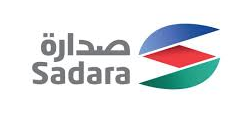

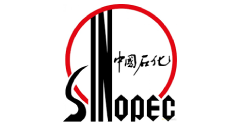



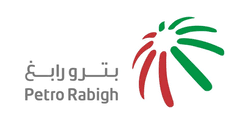
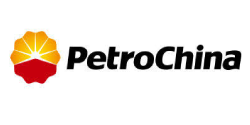
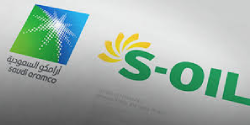

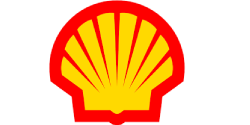


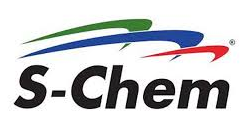


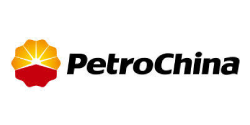
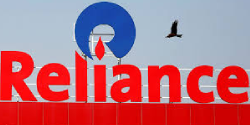
Subscribe To Newsletter
Lorem ipsum dolor sit amet consectetur adipisicing elit. Nesciunt, reprehenderit!


